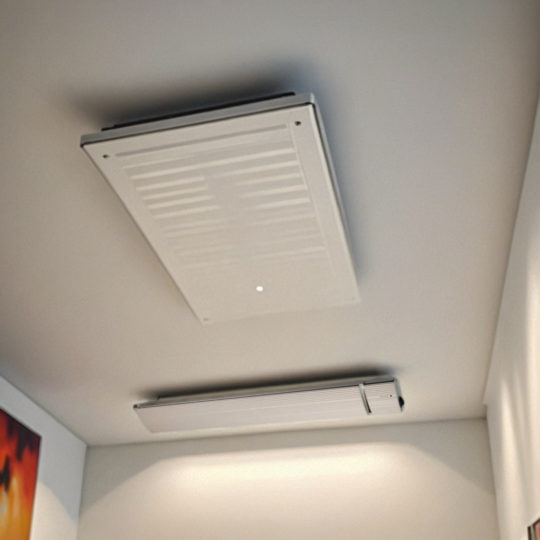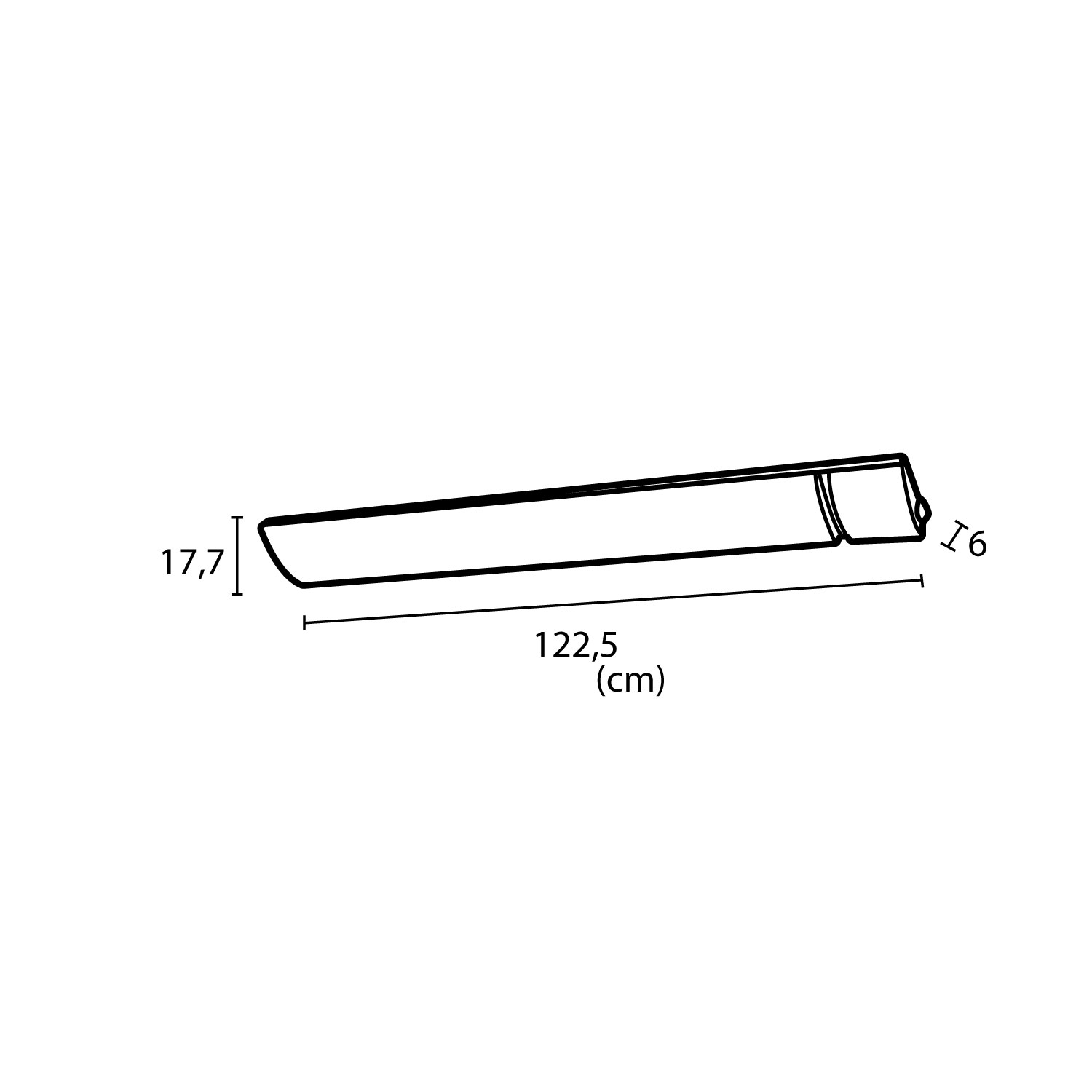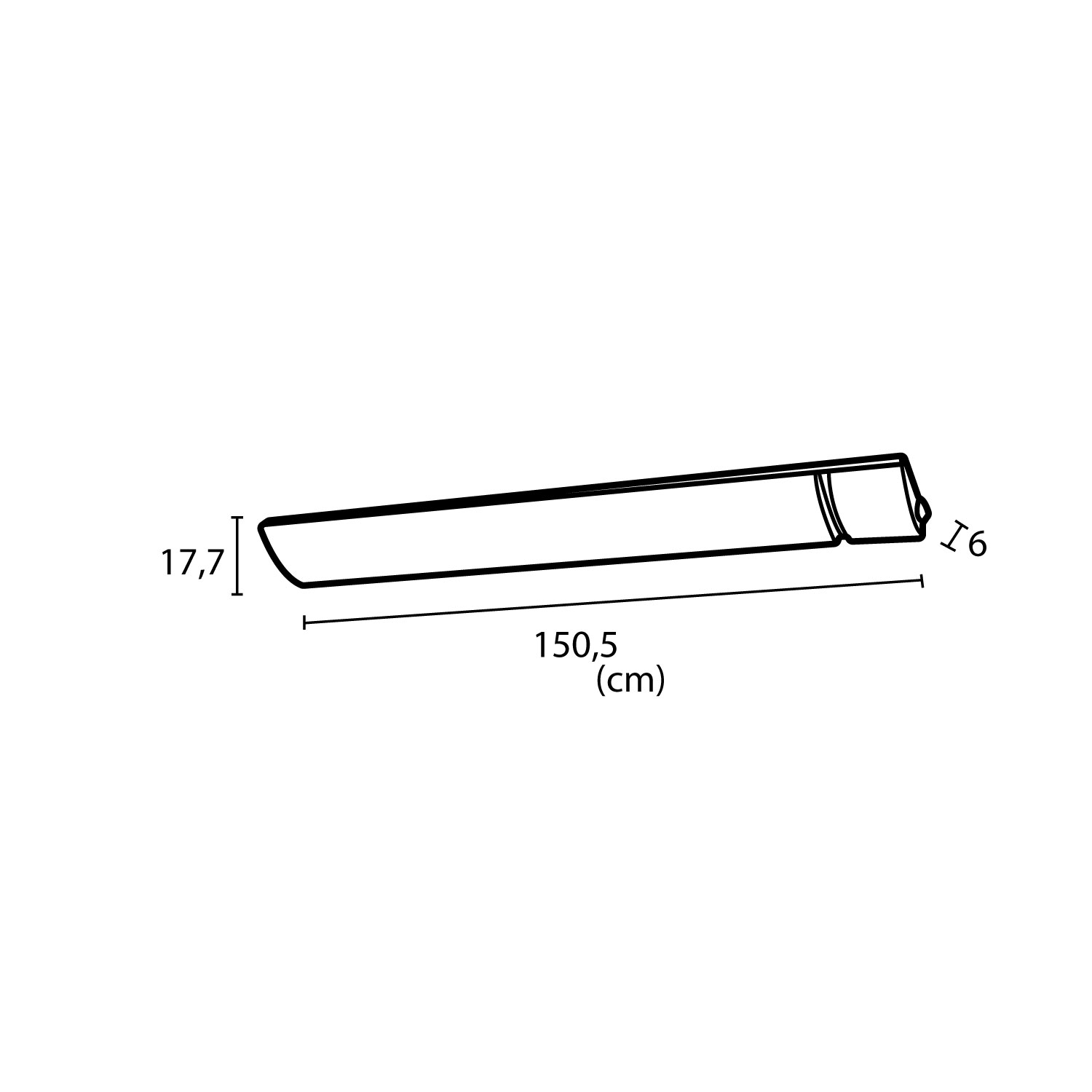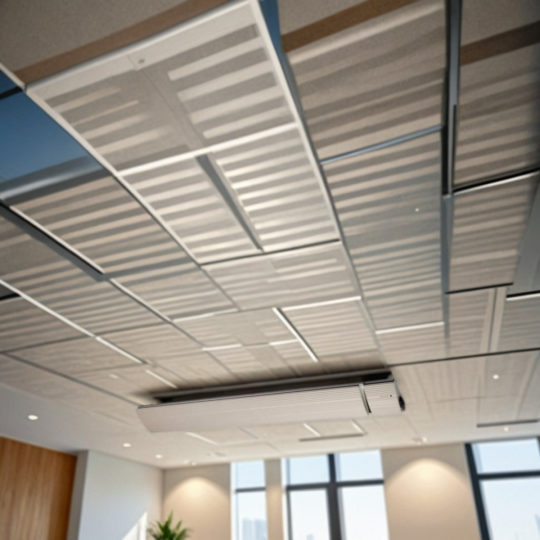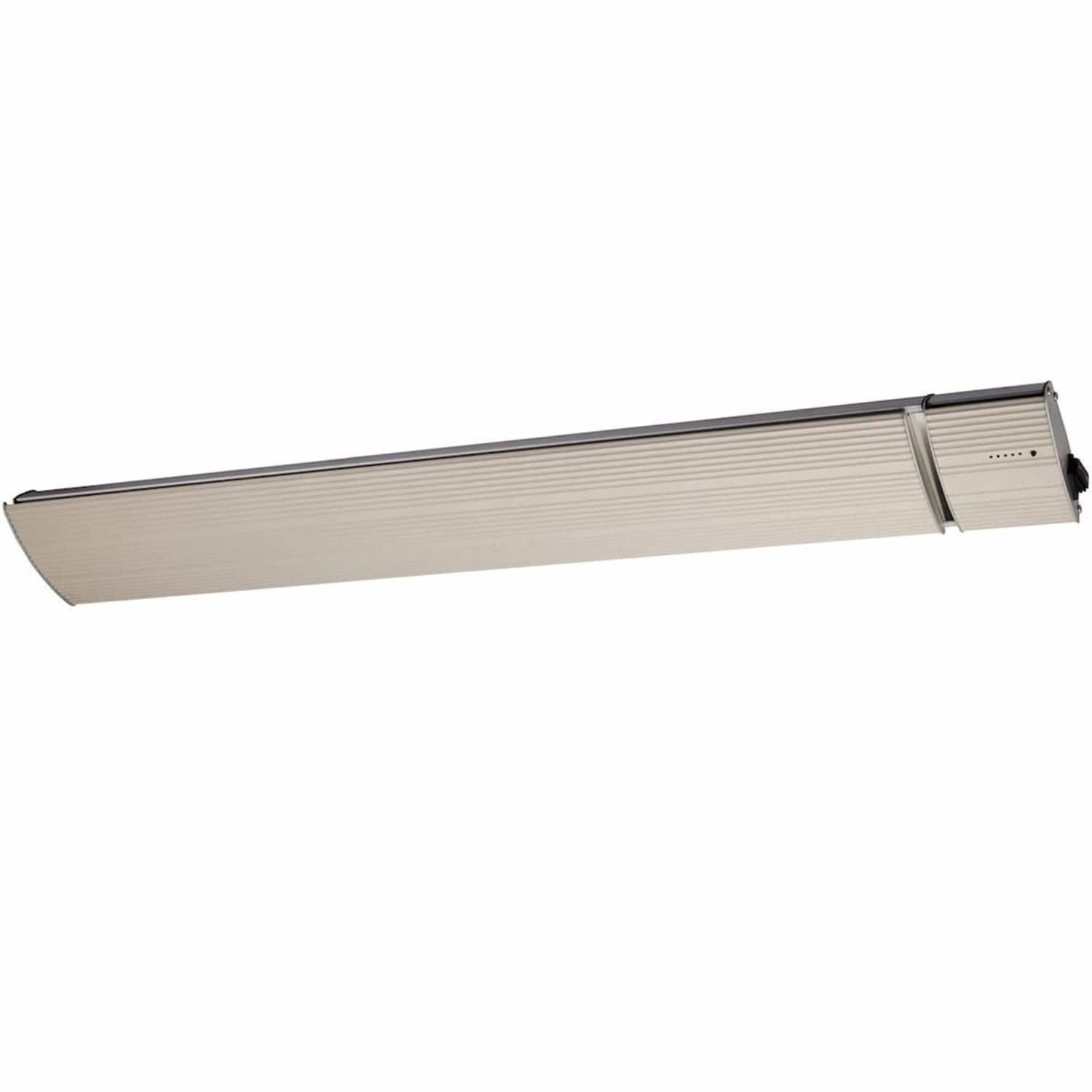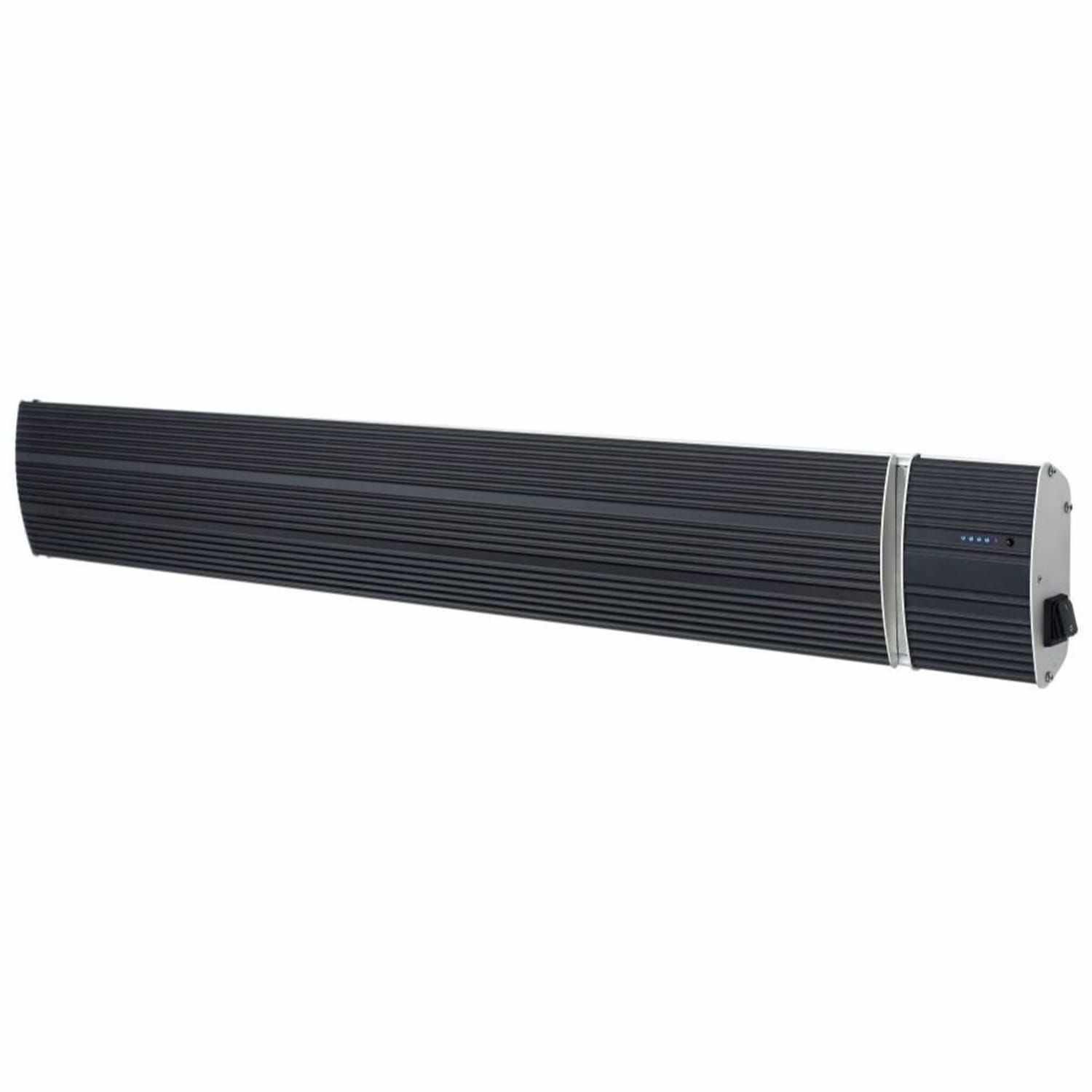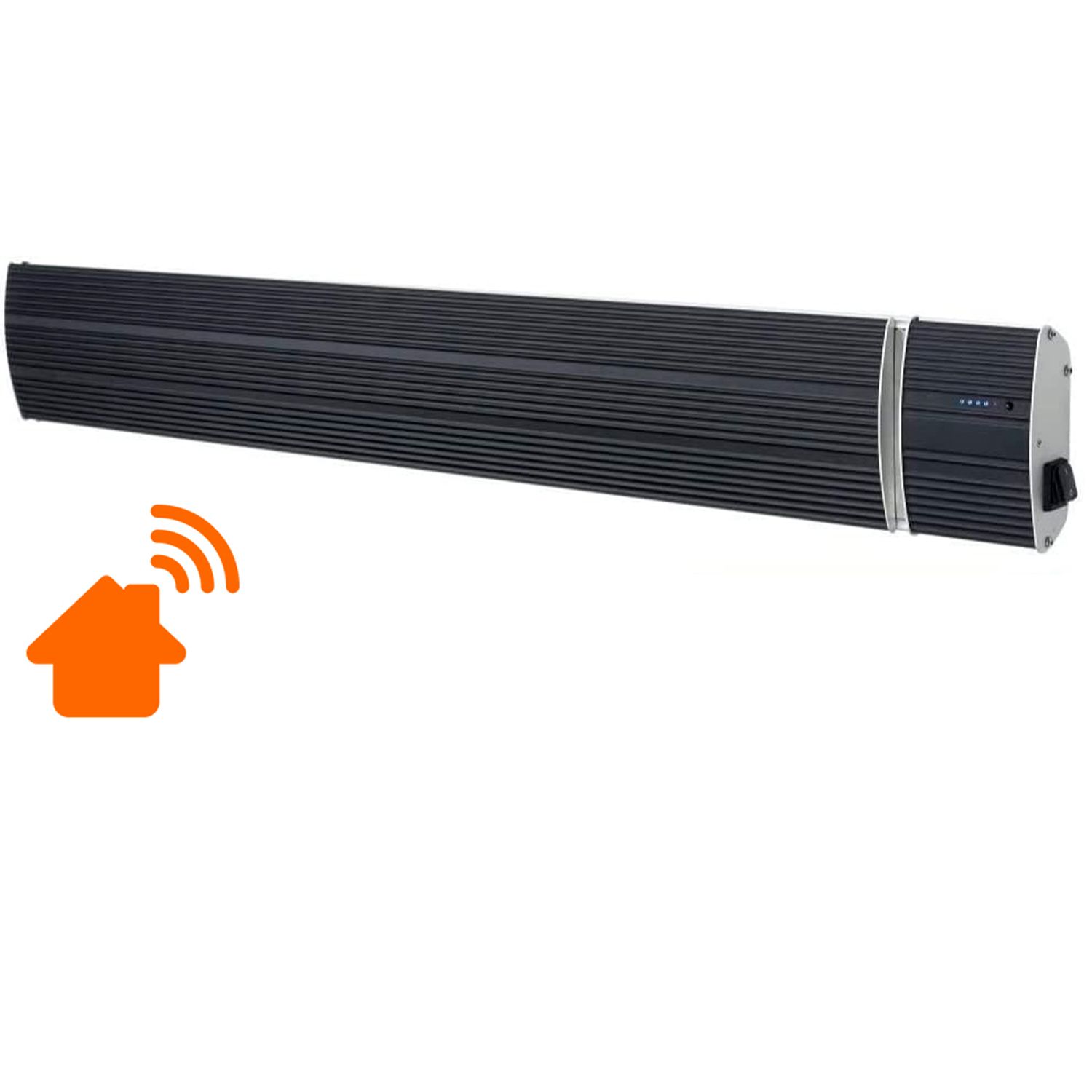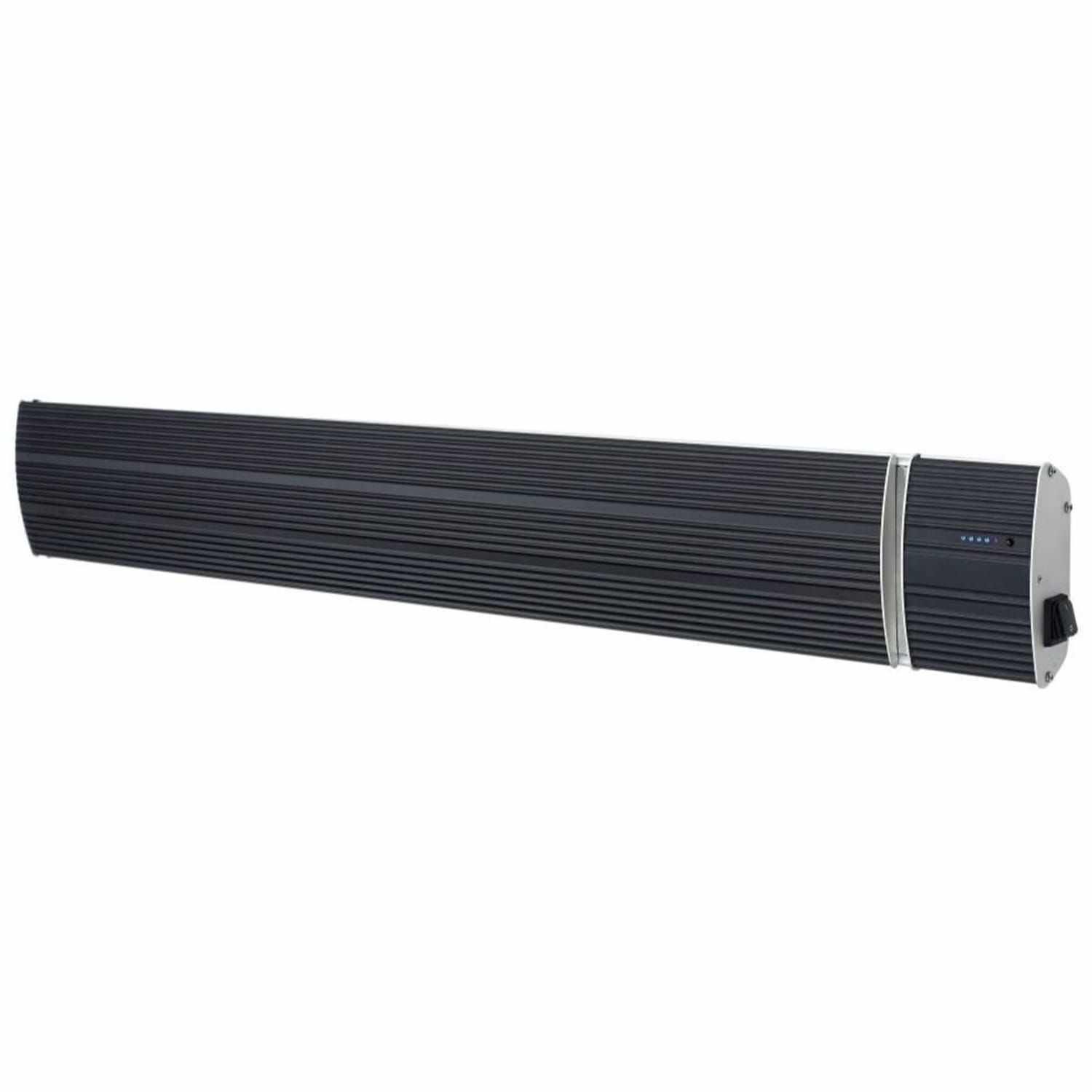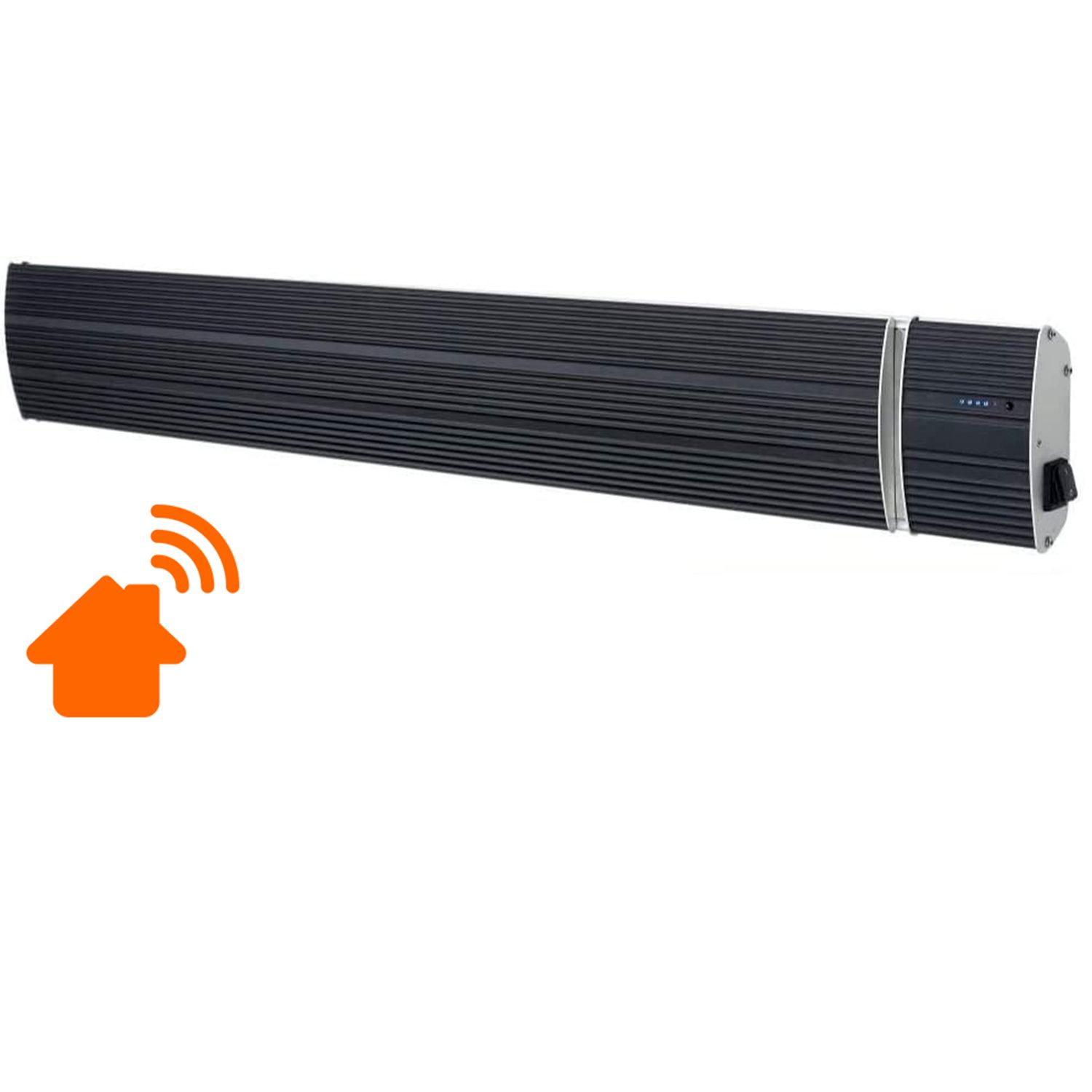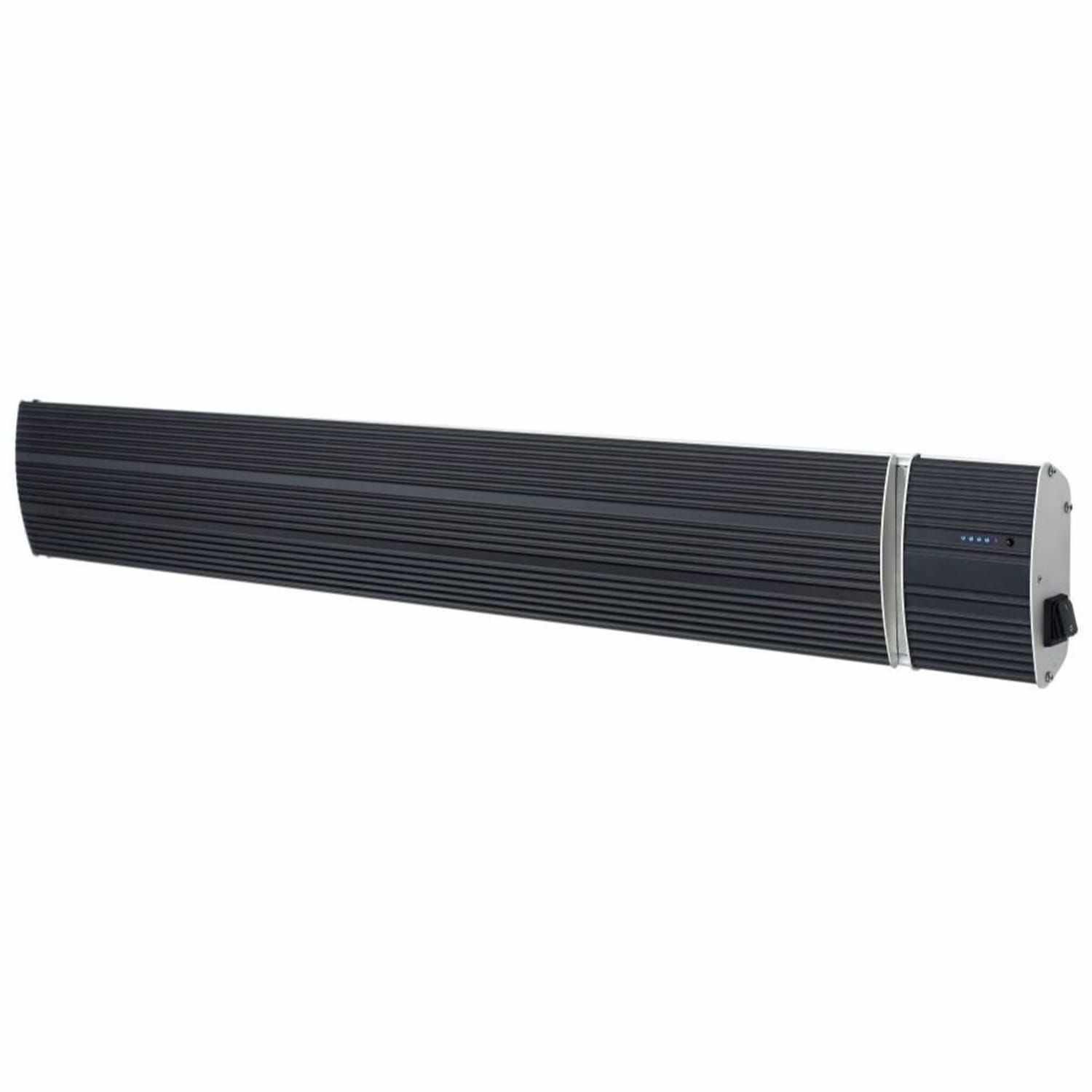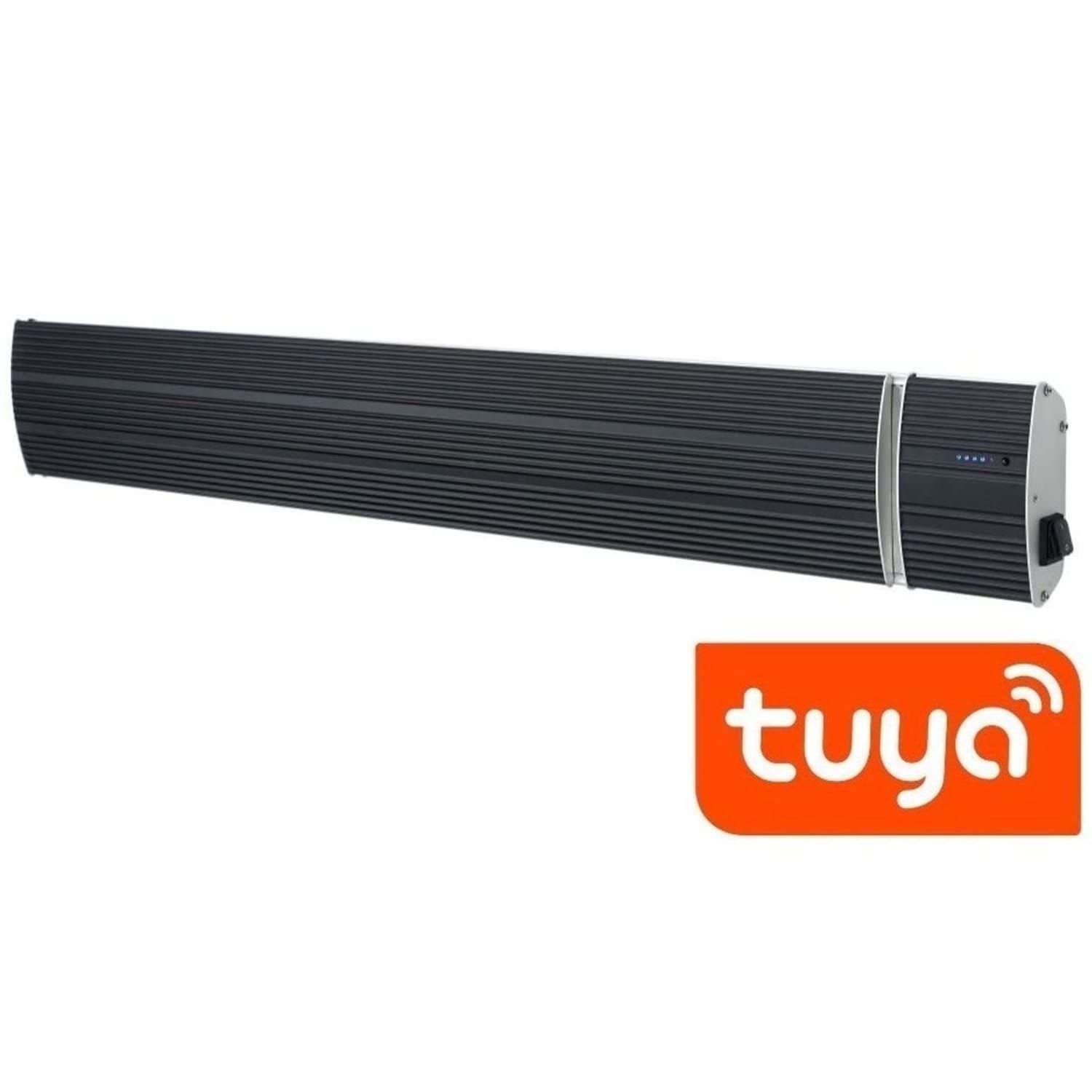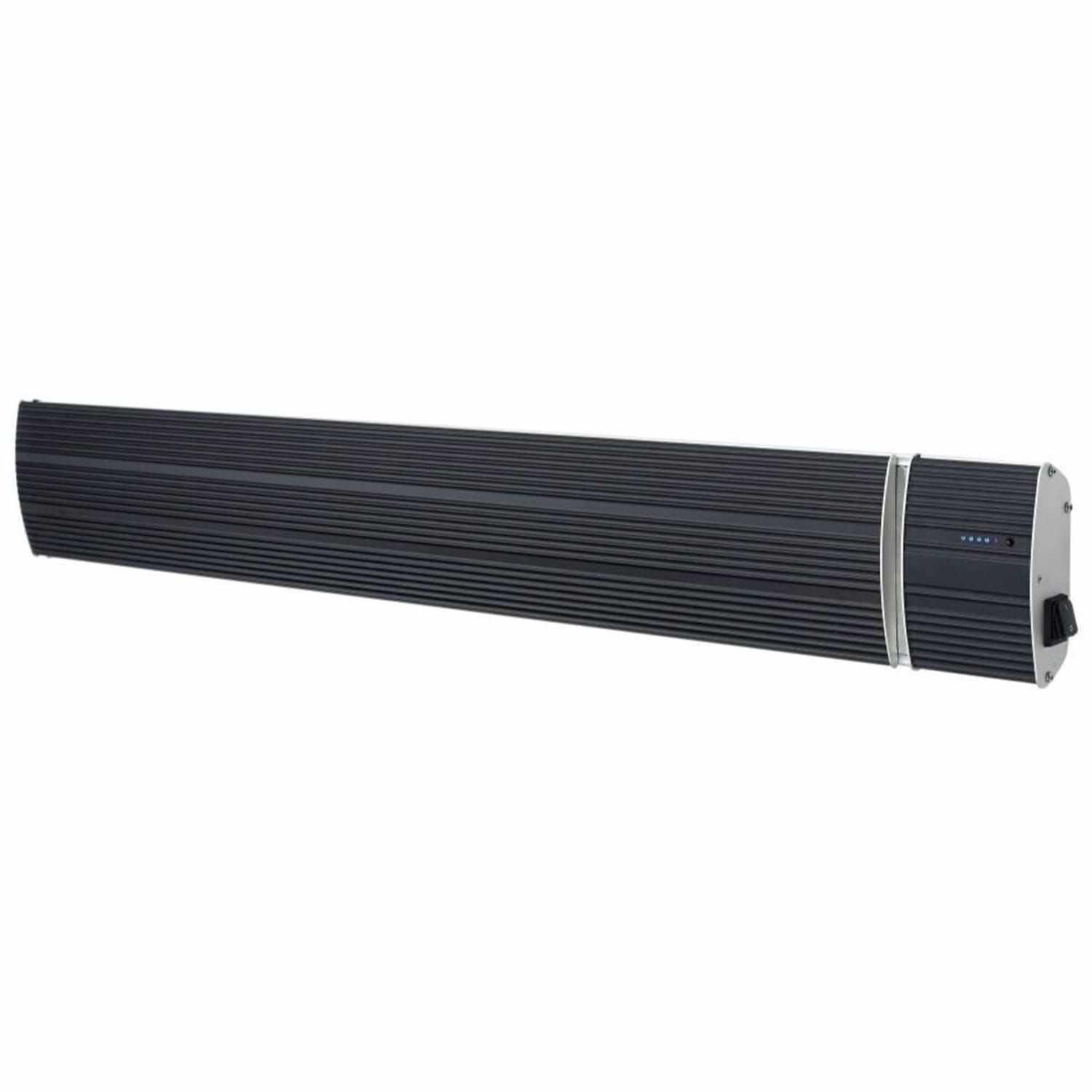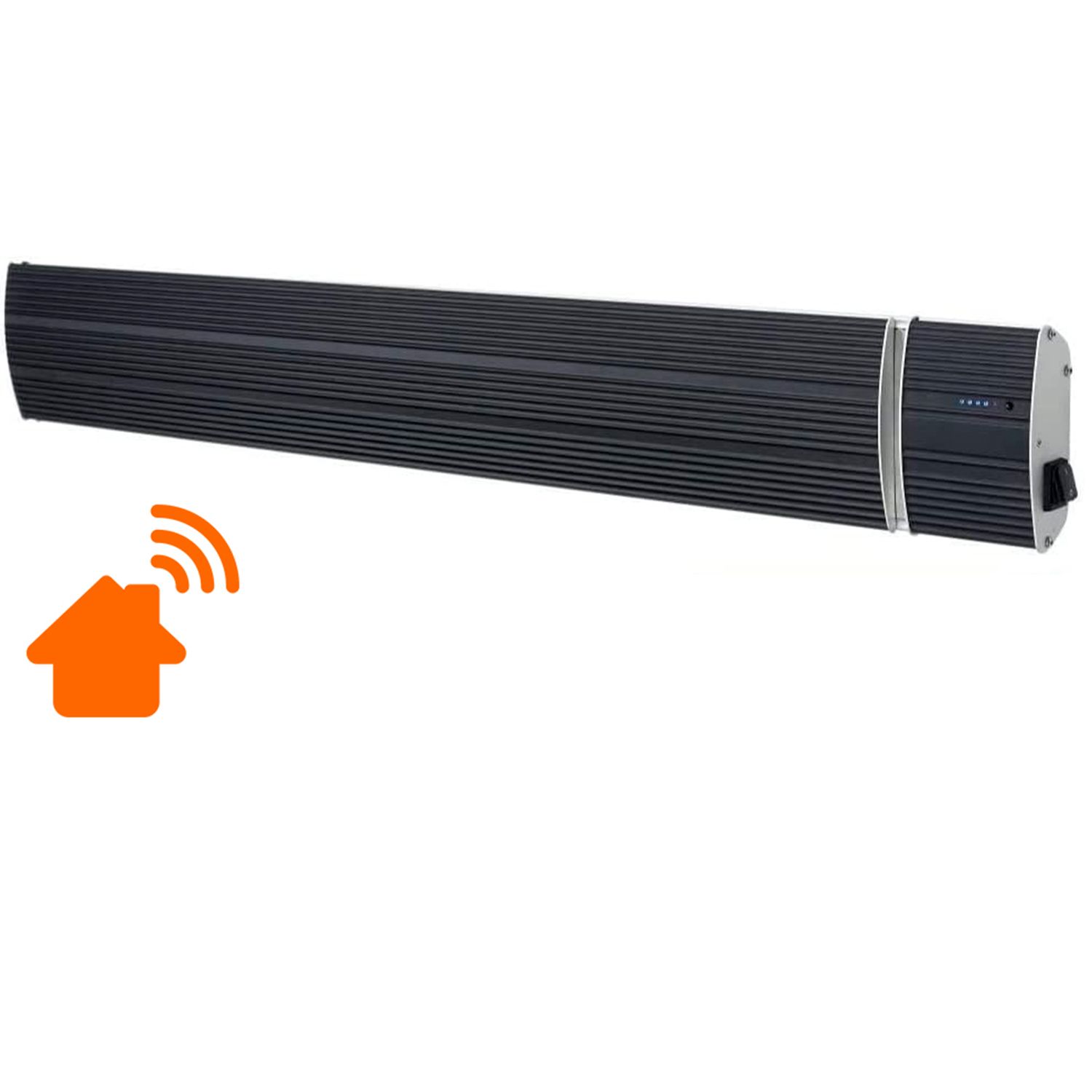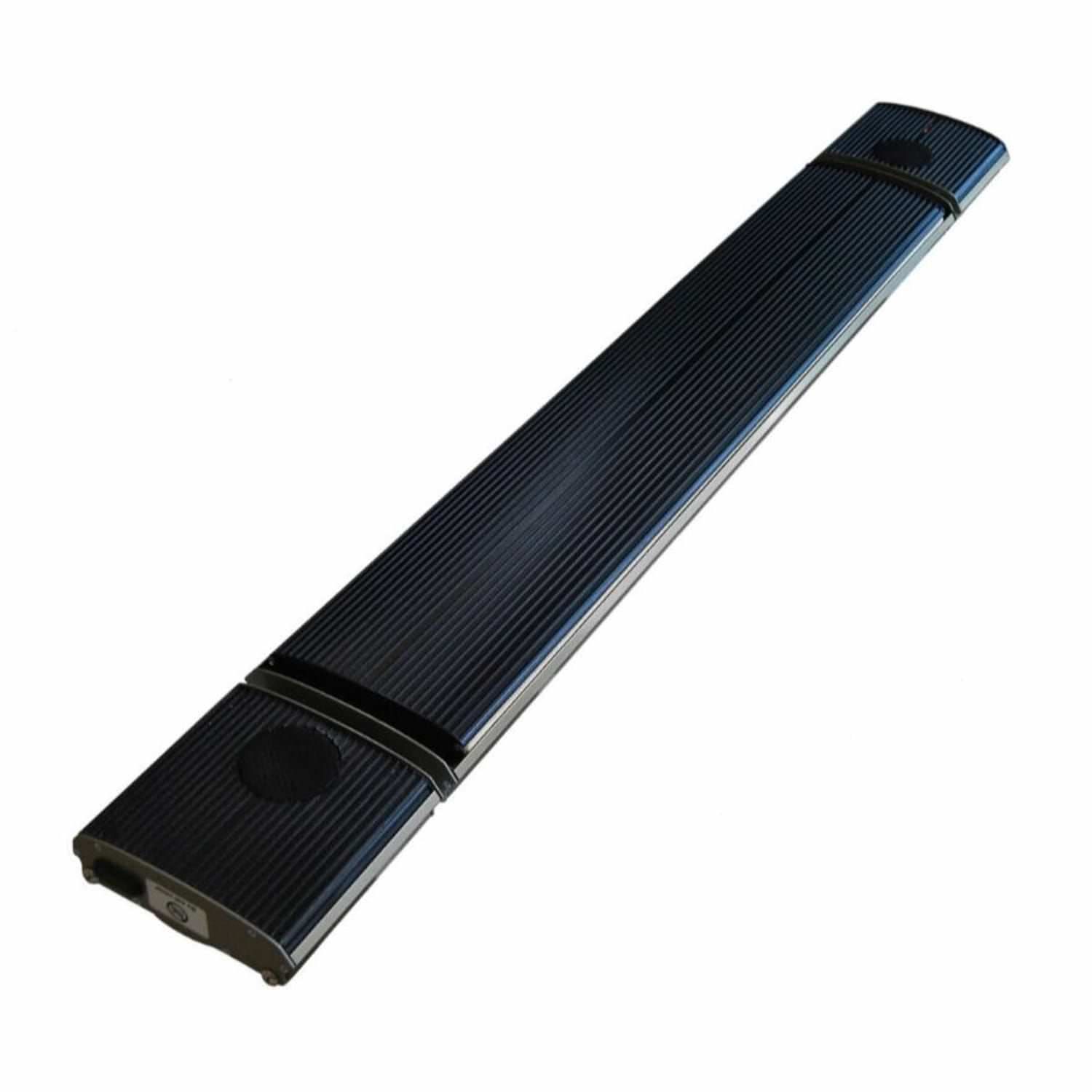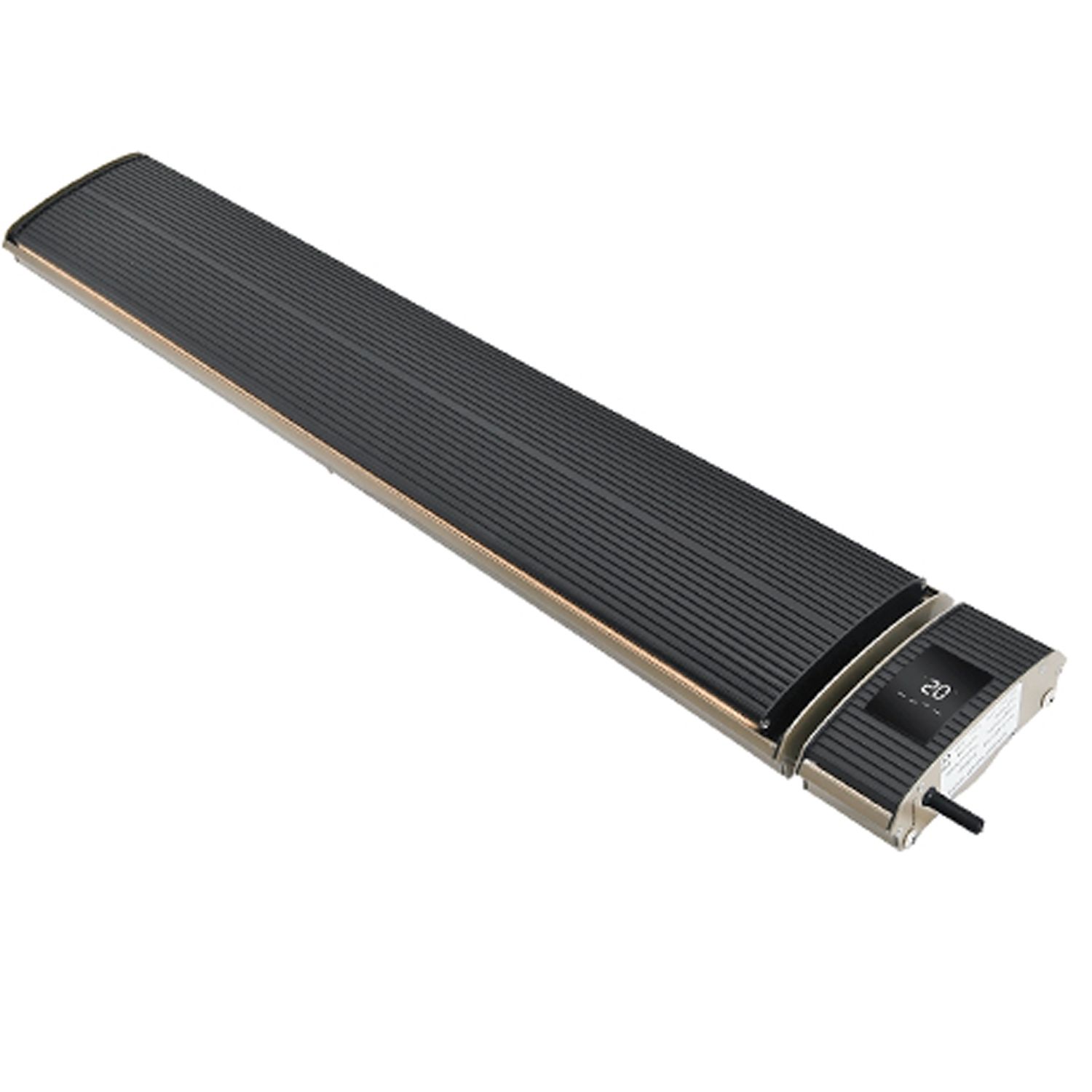Longwave Infrared Heaters
Showing all 14 results
Longwave Infrared Heaters: Efficient and Safe Heating Solutions for Any Space
Longwave infrared heaters are an increasingly popular choice for homeowners, businesses, and industrial facilities looking for energy-efficient, eco-friendly, and safe heating solutions. These heaters operate by emitting infrared radiation, which is absorbed by objects and surfaces, directly warming them instead of the surrounding air. This form of heating is not only highly efficient but also provides a comfortable and natural warmth, making it ideal for various environments.
How Longwave Infrared Heaters Work
Infrared heaters work by emitting infrared waves, which are a form of electromagnetic radiation. Unlike traditional convection heaters, which heat the air around them, longwave infrared heaters target objects and people directly. This process mimics the natural warmth of the sun, offering a more comfortable and consistent temperature without creating drafts or drying out the air.
Longwave infrared heaters specifically emit radiation in the longwave spectrum, which is ideal for heating enclosed spaces. The infrared waves penetrate deep into materials like walls, furniture, and floors, which then slowly release the stored heat over time. This provides a more sustainable and lasting heating solution compared to conventional methods.
Benefits of Longwave Infrared Heaters
Energy Efficiency: One of the most significant advantages of longwave infrared heaters is their energy efficiency. By directly heating objects and people rather than the air, they reduce heat loss, especially in drafty or poorly insulated spaces. This results in lower energy consumption and reduced heating costs over time.
Safe and Healthy: Longwave infrared heaters are considered a safer option because they do not rely on burning fuels or releasing harmful emissions. Since they don’t circulate air, they also reduce the movement of allergens, dust, and other airborne particles, making them a healthier choice for indoor environments, particularly for people with allergies or respiratory issues.
Targeted Heating: These heaters allow for more controlled and targeted heating. Whether you’re using them in a home, office, or industrial setting, longwave infrared heaters can be strategically placed to provide warmth in specific areas. This localized heating reduces energy waste, as you’re not heating unused parts of the room.
Silent Operation: Unlike traditional heaters with fans or motors, longwave infrared heaters operate silently. This makes them a perfect solution for environments where noise is a concern, such as bedrooms, offices, or studios.
Eco-Friendly: With no reliance on fossil fuels, infrared heaters offer a greener alternative to traditional heating methods. Their ability to cut down on energy use also reduces the carbon footprint, making them an environmentally responsible choice.
Applications of Longwave Infrared Heaters
Longwave infrared heaters are versatile and can be used in various settings:
Residential: Ideal for homes, especially in areas like bedrooms, bathrooms, and living rooms. Their safe, quiet operation makes them suitable for continuous use.
Commercial: Offices, retail spaces, and restaurants can benefit from their efficient heating, reducing operational costs while maintaining a comfortable environment for customers and employees.
Industrial: Factories, warehouses, and large-scale industrial facilities often face challenges with heating due to large open spaces. Longwave infrared heaters excel in these environments by providing targeted, consistent warmth.
Outdoor: While longwave infrared heaters are typically used indoors, some models are designed for outdoor use, making them perfect for patios, terraces, and outdoor dining areas.
Key Considerations Before Buying
When choosing a longwave infrared heater, consider factors like the size of the space, wattage requirements, and whether you need portable or fixed units. Always ensure that the heater is appropriately rated for the area you intend to use it in, and check for safety certifications to guarantee that it meets high-quality standards.








